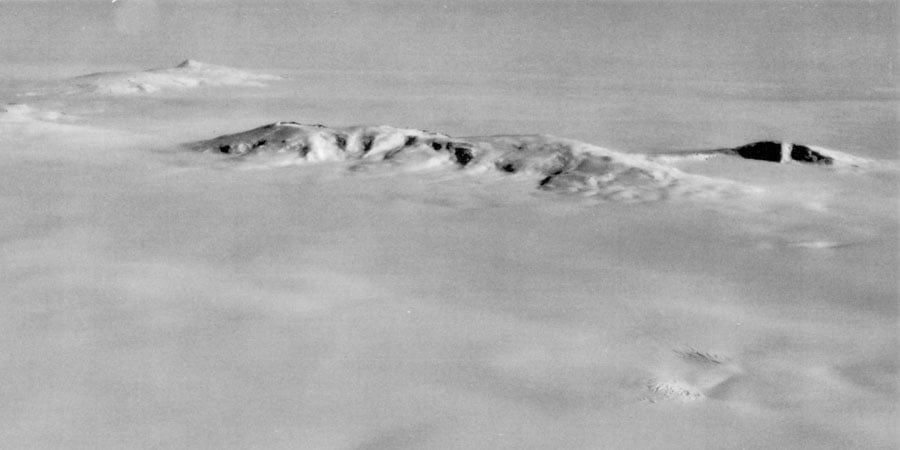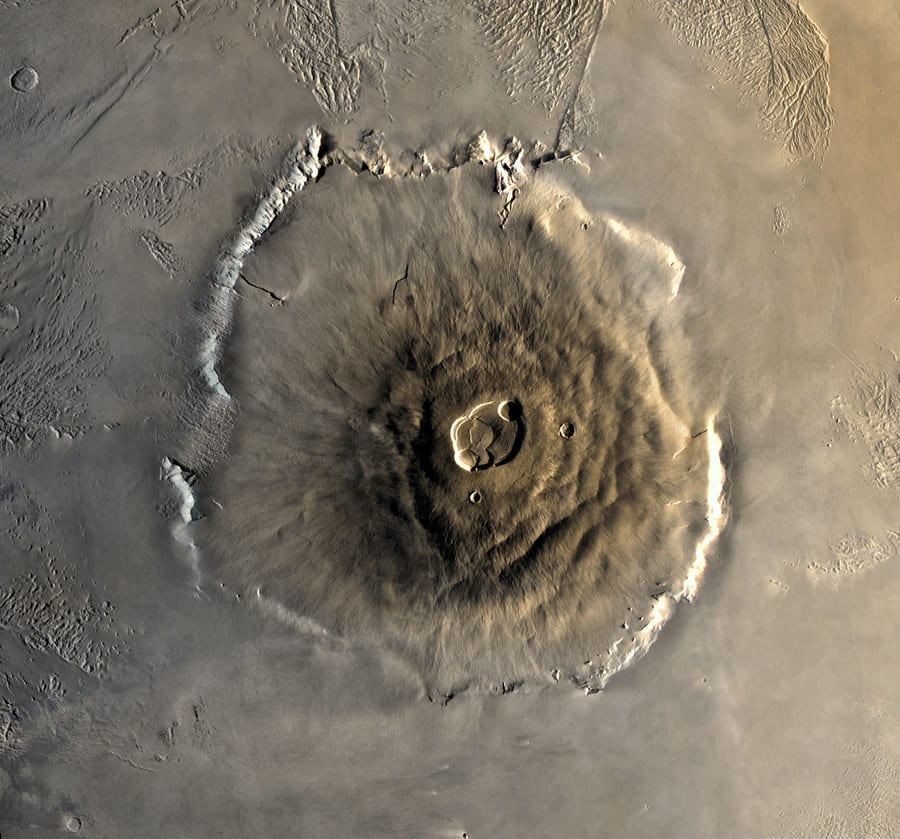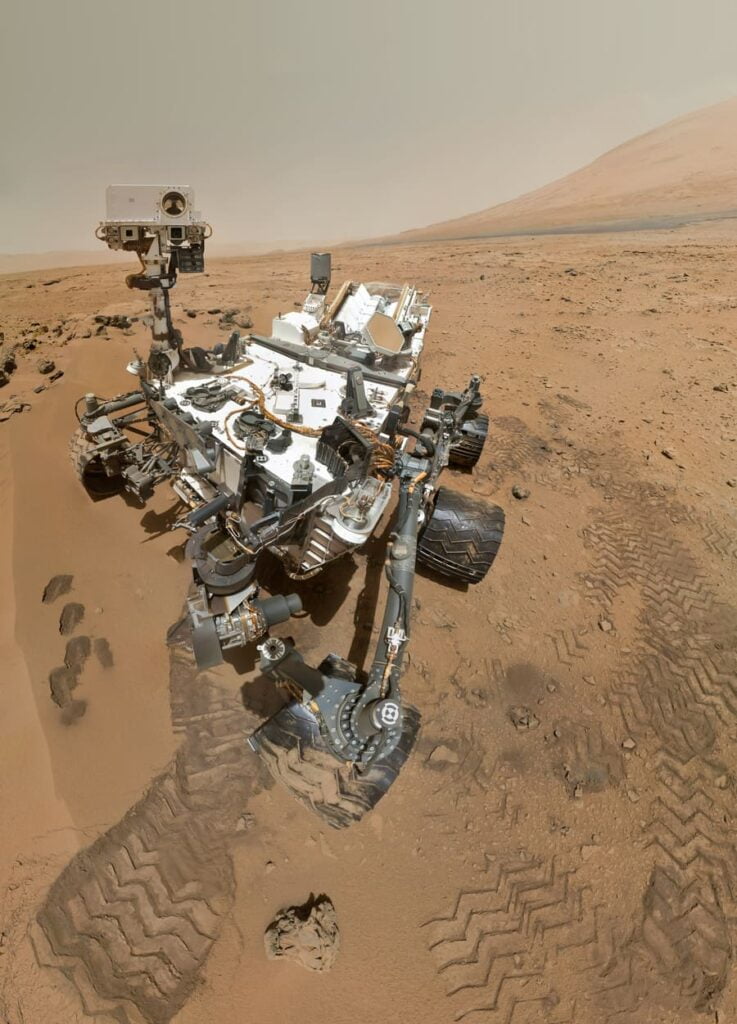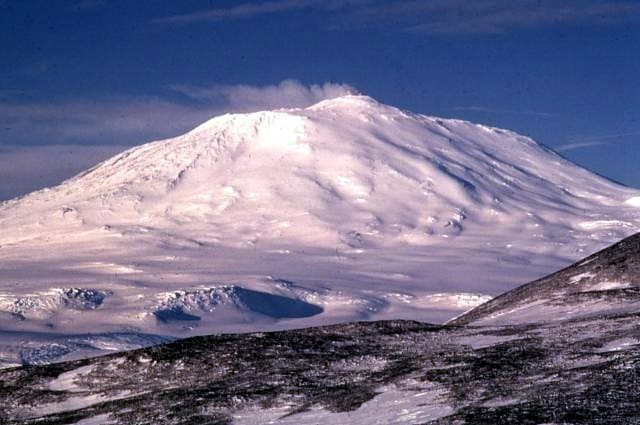Hot caves were found under the Erebus volcano. Under the Erebus volcano in Antarctica, a system of interconnected caves has been discovered in which the internal temperature is about 25 degrees Celsius. The caves are covered with ice, but there is a summer temperature inside. A scientific expedition from the Fenners School of the Environment at the Australian National University visited them and described them as follows, “In our research,” said Dr. Ceridwen Frazer of the Fenners School, “we explored sub-glacial caves that extend for hundreds of meters under the ice and that in some sections have temperatures that, thanks to emissions from volcano fumaroles, can reach 25 degrees, so much so that we worked there in T-shirts. Near the entrances, but also through some of the fractures light comes in, or a milky blue glow, which means that the caves in the ice are not in complete darkness.”
In these caves, researchers have collected DNA samples of several dozen animal and plant species. In most cases, these are known species such as algae, mosses and nematodes that are also found elsewhere in Antarctica. However, completely unknown DNA sequences have also been found that, according to Dr. Frazer, could be replicable life forms only in the volcanic cave environment.
For all scientists investigating Antarctic DNAs, the real dilemma lies in determining whether they are native DNA or whether they are organisms that arrived with the winds by air or were transported by previous scientific missions. It is well known that 110 years ago the expedition of British explorers Robert Falcon Scott and Sir Ernest Schackleton, climbed Mount Erebus to collect various geological samples. So there is reasonable doubt as to whether the DNA is that left by that expedition or whether it is an original DNA.

Antarctica’s volcanoes
Erebus volcano currently appears to be the only active volcano in Antarctica. Nearly 4,000 meters high, it has a crater 805 meters in diameter, and 274 meters deep. Erebus is one of the few volcanoes in the world that hosts a very fluid lake of incandescent liquid lava in its depths. This is a very rare volcanic phenomenon, as only four other volcanoes in the world have a lava lake inside them. This is why the Erebus volcano emits a reddish glow in the night, which mariners are very familiar with, as, for them, it performs the functions of a kind of lighthouse.
Nearly 100 volcanoes have recently been discovered in Antarctica. Most of the volcanoes are hidden under the ice, which normally reaches a thickness of 4000 to 5000 meters. Through studies conducted by aerial and satellite surveys, nearly 100 volcanoes have been identified located exclusively in the western reef area that stretches 3500 km. To these must be added a dozen undersea volcanoes discovered in 2010. At least seven of these undersea volcanoes are active.
It is difficult to say whether any of these volcanoes have had volcanic activity in recent years, as many of them are under a few km of ice. Any eruption would not be visible via satellite because it is difficult for an eruption to “pierce” the 2 km of ice above. However, lava can fall at the base of the ice sheet and cause it to thin and move.
In this regard, one of the authors of the study on volcanoes in Antarctica, Robert Bingham, stated that given the massive presence of volcanoes, Antarctica can be called “the most dangerous volcanic region on Earth.” Moreover, there is a fear that volcanoes that are currently considered dormant may one day “wake up,” and in that case, the huge ice cap covering the continent could melt, causing a new universal flood.

NASA studies Antarctica’s volcanoes
DNA samples collected in the caves of Mount Erebus, may be just a small sampling of the microorganisms living inside the volcanic caves. The same system of caves and tunnels may also exist in the remaining 100 or so volcanoes. According to Charles Lee, another scientist who was part of the same research, “We still don’t know how many cave systems exist around Antarctica’s volcanoes, or how interconnected these sub-glacial environments might be. They are really hard to identify, reach and explore.”
NASA, the U.S. space agency, has sent its own scientific delegation to the Erebus caves. The purpose is to get a greater understanding of how subterranean life might develop in the presence of volcano emissions. This knowledge could be formative in order to create a strategy for human survival on the planet Mars.
It is well known that many volcanoes are present on Mars. The temperature of the planet at night can drop to minus 60 degrees or more, depending on the latitude.
One of the most important volcanoes on Mars is Mount Olympus. It is believed to be the largest volcano in our solar system. Its base has a diameter of 600 km, a height of about 23 km (3 times Mount Everest) and the crater has a diameter of 60 km. Apparently, this volcano has not erupted for about a million years, but experts do not rule out the possibility that one day it may be activated.

The similarities between Mars and Antarctic volcanoes
According to NASA, it is crucial to discover the similarities between Martian and Antarctic volcanoes. Knowing what kind of life develops in volcano caves could prompt us to look for life around volcanoes on other planets, including Mars. We could also learn how to condition these environments so that they are suitable for long-term human survival.
NASA has also been testing equipment that could be used in upcoming space missions. One of these is a robot equipped with a drill capable of extracting ice samples and analyzing them in order to look for chemical elements that might be compatible with life. Another tool tested in the Erebus caves was a laser scanner for plotting three-dimensional maps of the caves.
The tests conducted were very useful in determining whether the instruments are suitable for operating in extreme environments. And according to NASA, Antarctica is the most extreme place on Earth that most resemble Mars.

